
A series of tests were run in buckets to see what feeding regimes produced the fastest cycles. The second series of tests were run in the buckets to see what water parameters give the best cycling times.
A caveat has to be noted here. These tests were run in the same room that held several functioning breeding and quarantine tanks that had bubble aeration from air stone-operated sponge filters. These airstones would have produced what is called an aerosol of water droplets that contained very small amounts of beneficial bacteria. This bacteria would have slowly inoculated all of the experiments below. For this reason, there will probably be some unpredictable increase from these numbers with cycling a new aquarium without a good inoculate.
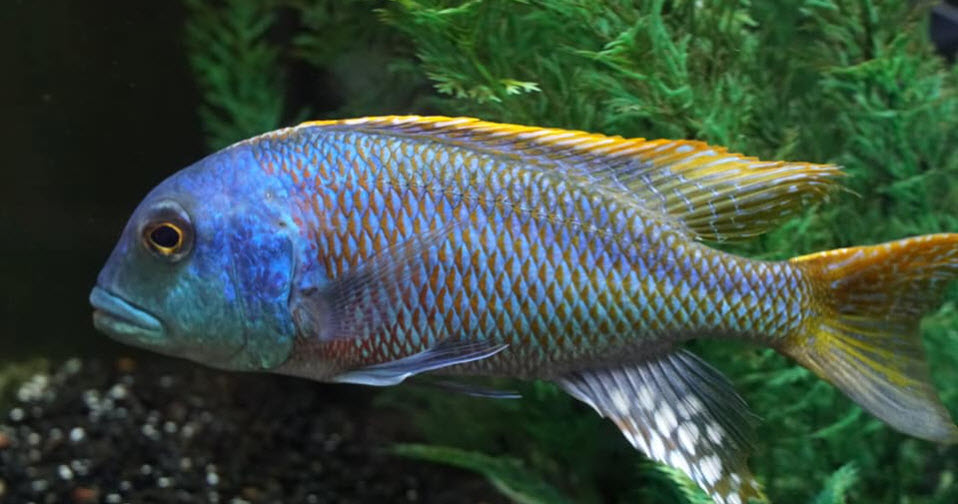
Test One Abstract
The following results were obtained (each number is an average of three tests):
-
A – 23 days, food + urine+ phosphate
-
A – 25 days, food + urine
-
A – 25 days, ammonium chloride + phosphate
-
B – 35 days, only 2 ppm ammonium chloride was added daily
-
B – 36 days, ammonium chloride solution added per the directions of Dr. Tim + phosphate
-
B – 37 days, ammonium chloride + Stability + Prime
-
C – 43 days, only ammonium chloride solution added per the directions of Dr. Tim
-
C – 52 days, only food added
The results pretty well speak for themselves. Because it takes some time for food to break down into ammonia the fact that the two fastest were food additions was surprising. This makes the fact that only food took the longest some what puzzling. But Mother Nature is unpredictable.
Running statistics on the data separates the data into three groups which were statistically significantly different from each other. These three groups are labelled A, B and C.
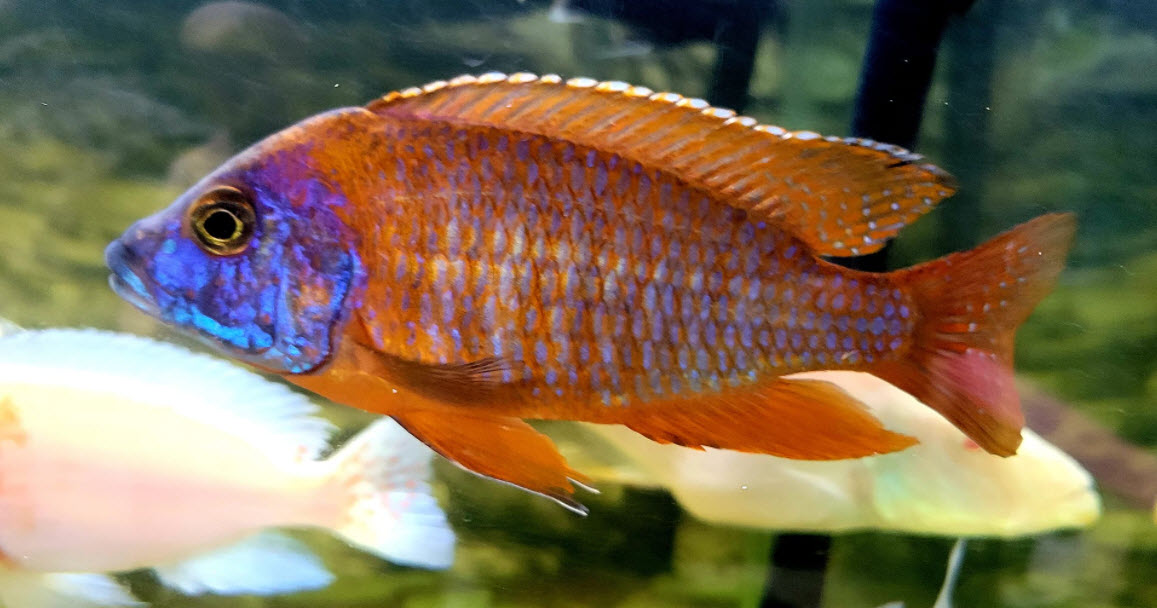
Note we did not test fish-in cycling. Defining the end of cycling with fish-in cycling is difficult as it is not good for fish to load the tank up to 2 ppm ammonia every day. A food load that high will give bacteria loads in the water and bacterial toxins which are not good for the fish. And adding a combination of a small amount of food and a large amount of ammonia is not realistic.
It is difficult to predict what fish-in cycling will do. In addition to the problem with defining the end of cycling, there is the fact that fish have tons of beneficial bacteria in their gut. Their feces thus provide an excellent inoculum for starting up a cycle. So I’ll make no judgments on fish-in cycling other than to say I no longer do it.
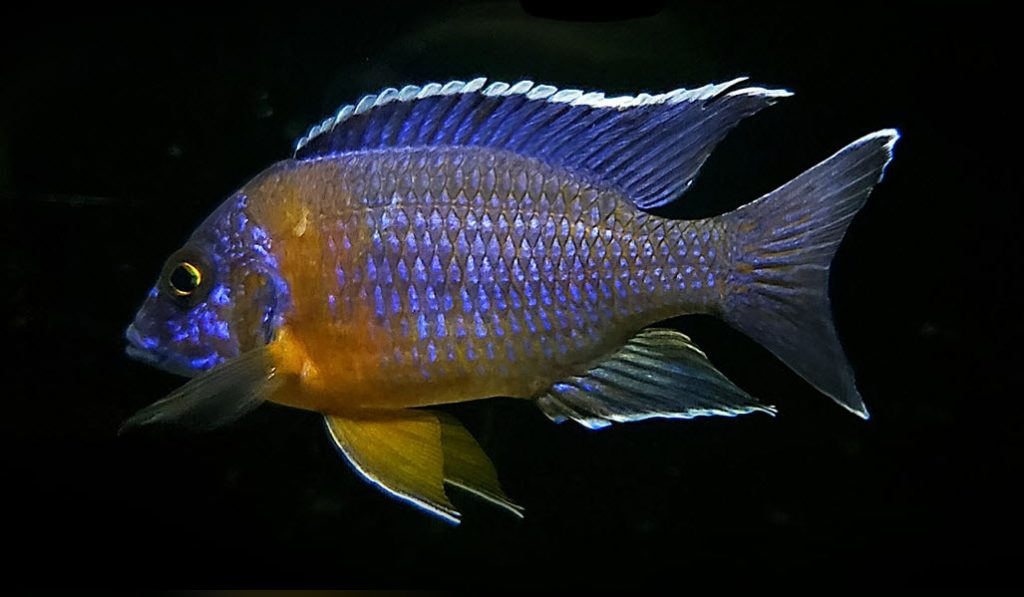
Test Equipment:
- Home Depot five gallon buckets
- Commercial dry fish food (Hikari)
- 100 grams BASF ammonium chloride dissolved in one gallon of distilled water
- Dr. Tim’s ammonium chloride
- Human urine
- Potassium Phosphate powder purchased over the internet.
- air pump and airlines
- mini sponge filters
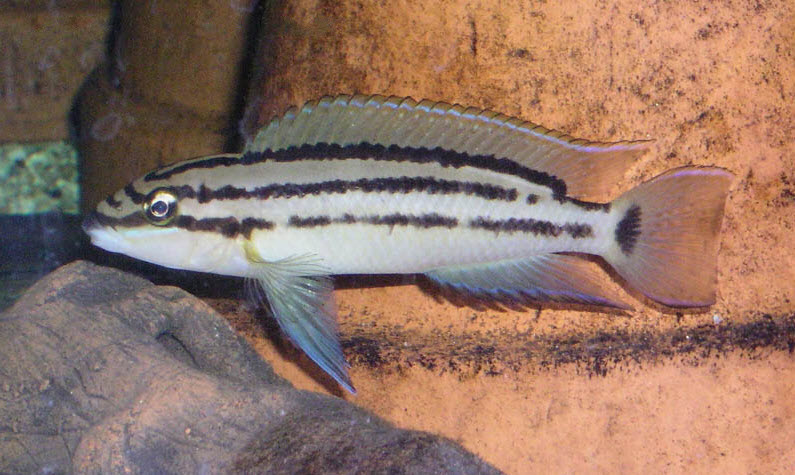
Test Procedure:
Five-gallon buckets were set up with reverse osmosis water. The water was naturally about 6.8 in pH 0 KH after sitting for a week to stabilize.
- Three buckets had food and urine added daily, calculated to give 2 ppm ammonia per day added to the bucket. Phosphate was also added at startup only.
- Three buckets had food and urine added daily, calculated to give 2 ppm ammonia per day added to the bucket. Phosphate was not added.
- Three buckets had ammonium chloride added daily, calculated to give 2 ppm ammonia per day added to the bucket. Phosphate was also added at the startup.
- Three buckets had only 2 ppm ammonia added daily.
- Three buckets had ammonium chloride added per the directions of Dr. Tim, i.e. only add ammonia when the ammonia level drops to 0.5., and they had phosphate added at startup
- Three buckets had Stability and Prime used in them per the directions of Seachem with 2 ppm ammonia added daily.
- Three buckets had ammonia added per the directions of Dr. Tim, i.e. only add ammonia when the ammonia level drops to 0.5.
- Three buckets had only food added, calculated to be enough to take the ammonia level to 2 ppm.
No inoculum was used. The buckets were then cycled. The buckets were then tested every day for ammonia and nitrite. Note this was eight buckets used three times each. The buckets, sponge filters, and tubing were all sterilized with bleach between each usage to prevent inoculum from being carried over. The pH was kept above 7.0 by additions of baking soda when necessary.
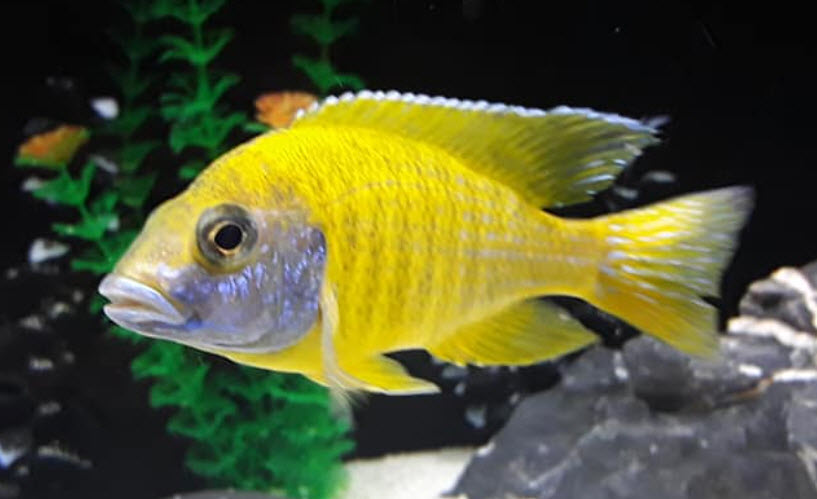
Results
Defining zero (technically it is less than or equal to 0.25 ppm) ammonia and nitrite for two days (two readings) as being cycled, the following results were obtained:
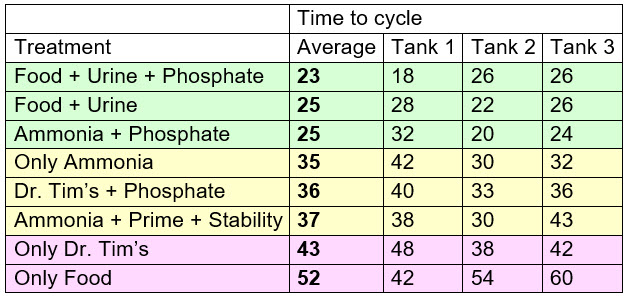
One needs to be cautious about these test results. The three colors represent groups that were statistically different using computerized JMP statistical software. Making any judgments within each group is not valid.
Note that this test was deliberately kept quite simple so that anyone can easily duplicate it if they want to. A rigorous scientific test under laboratory conditions cannot be replicated by any hobbyist so that was not done. This test was not designed to be published in some scientific journals. But the large difference in the test results makes the conclusions unmistakable and very valid, even if the science is not as rigorous as some would like.
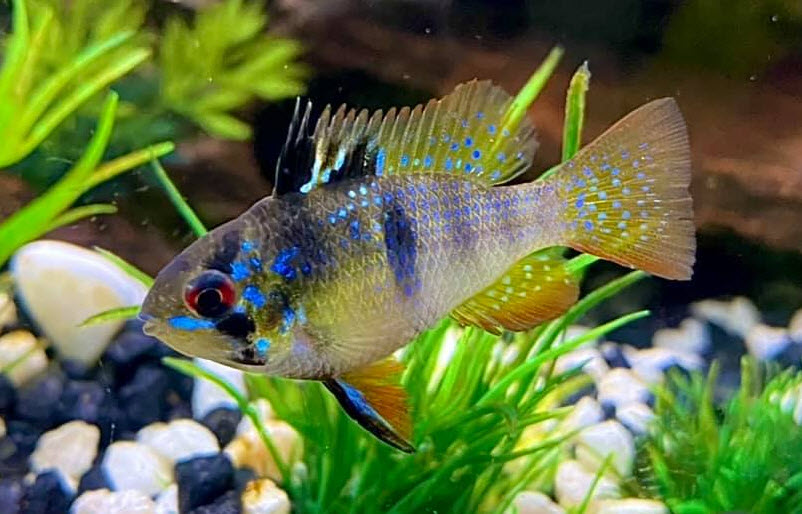
Test Two Abstract
Another test was run to see what type of water and what ammonia additions are best for cycling an aquarium. The test showed three things:
- The test showed that a pH of 6.0 stopped cycling cold.
- The test showed using the Seachem Stability and Prime regimen increased the time to completion of cycling by 12 days.
- The test showed using Dr. Tim’s regimen of only adding ammonia when the level hits 0.5 increased the time to cycle by 11 days
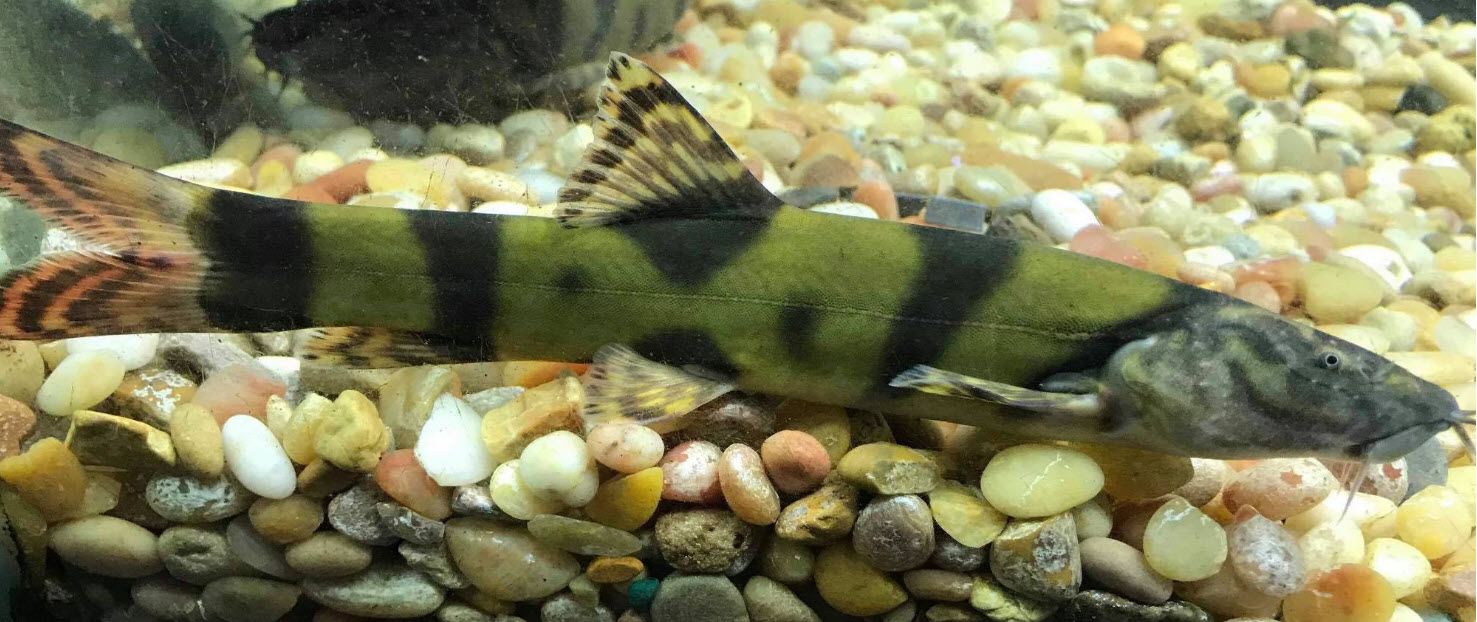
Test Equipment:
- Home Depot five gallon buckets
- 100 grams BASF ammonium chloride dissolved in one gallon of distilled water
- Potassium Phosphate powder purchased over the internet.
- air pump and airlines
- mini sponge filters
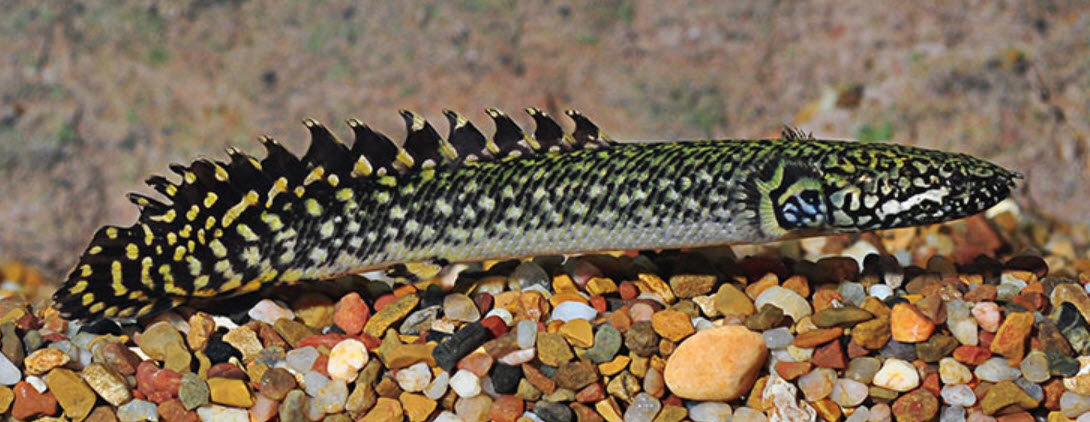
Test Procedure:
12 buckets were set up with reverse osmosis water. A pinch of potassium phosphate was added to each bucket as earlier tests had shown that this addition is necessary if one is using ammonia additions only. The water was naturally about 6.8 in pH 0 KH after sitting for a week to stabilize.
- Three buckets had nothing done to them (the “controls”) with 2 ppm ammonia added daily.
- Three buckets were taken down in pH to 6.0 with hydrochloric acid with 2 ppm ammonia added daily.
- Three buckets were set up with 6.8 water and Stability and Prime used in them per the directions of Seachem with 2 ppm ammonia added daily.
- Three buckets had 6.8 pH and ammonia added per the directions of Dr. Tim, i.e. only add ammonia when the ammonia level drops to 0.5.
The buckets were then cycled. The buckets were then tested every day for ammonia and nitrite. The results were then separately addressed as three separate tests.
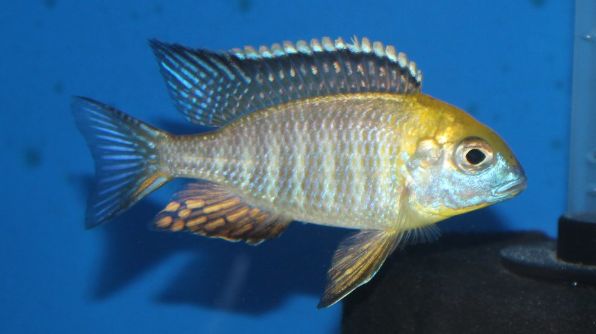
Results of First Test: Low pH
Defining zero (technically it is less than or equal to 0.25 ppm) ammonia and nitrite for two days (two readings) as being cycled, the following results were obtained:
Low pH test

This test clearly shows that a low pH stops cycling cold. Note that there are organisms called “archaea” which will oxidize ammonia at low pH. They just take 4 to 24 months to grow into sizable colonies.
Some will take issue with the fact that low pH stalls the beneficial bacteria. A post on social media from a newbie to a hobby is pertinent. He had been cycling his tank for FOUR MONTHS (120 days!) and still had 1 ppm ammonia (fish in the cycle). His pH test was yellow, which means his pH was somewhere less than 6.0. ‘Nough said.
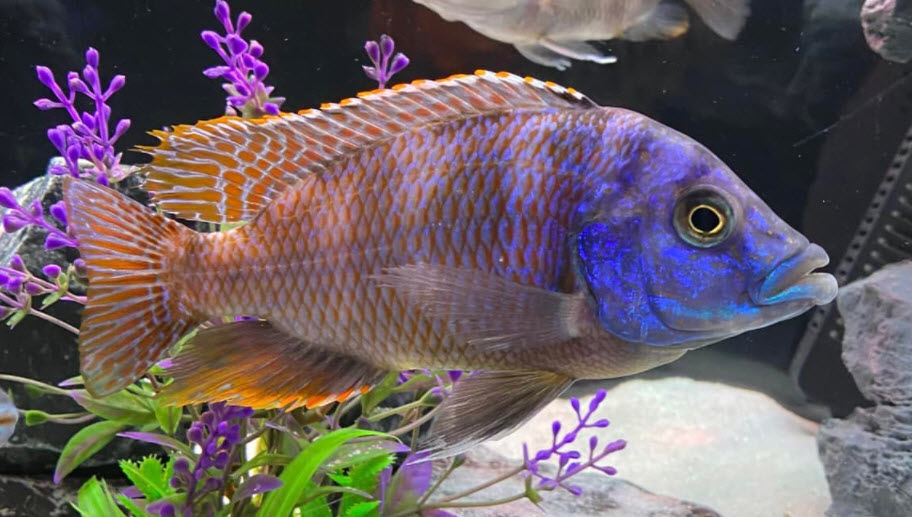
Result of Second Test: Using Prime and Stability
This test clearly showed that Seachem Prime adds to the cycling time, even with the added addition of Seachem Stability.

This showed an average of 12 days added to the cycle time by using Prime and Stability. This is probably because Seachem Prime is a reducing agent. Beneficial bacteria are autotrophs that oxidize ammonia to nitrate. Oxidation in chemistry is the opposite of reduction. So a reducing agent such as Prime will interfere with and slow down the beneficial bacteria.
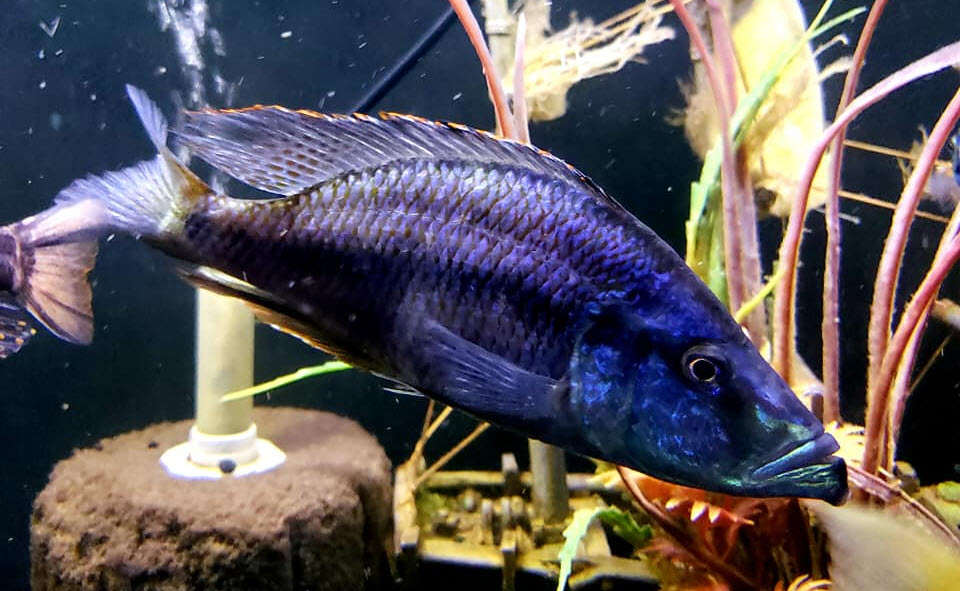
.
Result of Third Test: Using low dose Ammonia Additions (Dr. Tim’s directions)
This test showed using the directions of Dr. Tim extends the cycling time.

This test showed that Dr. Tim’s regimen of ammonia additions produced a cycle time that averaged 11 days more than adding 2 ppm daily of ammonia. This is not surprising. Beneficial bacteria, like all primitive organisms, reproduce at a rate directly proportional to the food supply. Dr. Tim’s regimen means roughly 1.1 ppm of ammonia is in the tank on the average while the 2 ppm regimen insures roughly 4 ppm is in the tank on the average. So the 2 ppm regimen goes faster.
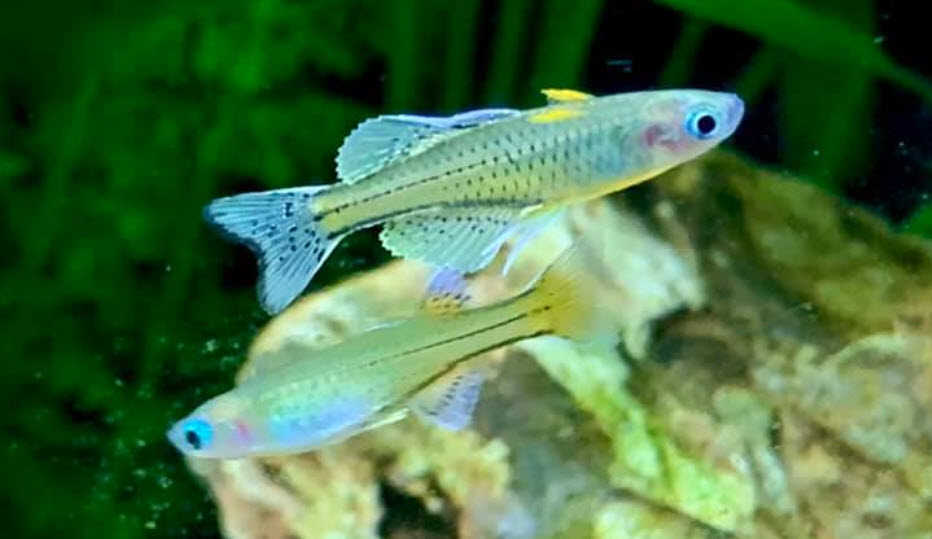
Note that this second cycling test was deliberately kept quite simple so that anyone can easily duplicate it if they want to. A rigorous scientific test under laboratory conditions cannot be replicated by any hobbyist so that was not done. This test was not designed to be published in some scientific journals. But the huge difference in the test results makes the conclusions unmistakable and very valid, even if the science is not as rigorous as some would like.
These are easy tests anyone can do. If you run a second test like the ones above please comment in the comments section below.
.
Return to Cycling Menu
.
Aquarium Science Website
The chapters shown below or on the right side in maroon lead to close to 400 articles on all aspects of keeping a freshwater aquarium. These articles have NO links to profit-making sites and are thus unbiased in their recommendations, unlike all the for-profit sites you will find with Google. Bookmark and browse!
.

Dave says
In reply to Romeo ……. As long as there are no fish in the tank there basically is no upper limit on the ammonia. With fish in the tank things get very dependent on pH. More on that can be found in the article on fish-in cycling.
Romeo says
Hey! What’s upper limit of ammonia during cycling? Started about 2 weeks ago, one week with sock/soil, adding urine and food. Seen somewhere that with ammonia above 5 would not be beneficial-in article it says ammonia can exceed several HUNDRED! Took sample of water to LFS, they found 8, likely few above that (master test have coloured strips up to 8…)
Thanks!
Stefano says
I believe the cycling process is now complete. 🙂 Your method proved to be remarkably effective! It has been about 20 days, and the daily addition of roughly 15ml of urine and fish food, along with a sock containing a couple of tablespoons of soil, has successfully done the job, thanks for your help!
Dave says
In reply to Stefano ….. Add one level teaspoon urine per day per twenty gallons of aquarium water together with a very small smidgen of fish food. Easy
Stefano says
What do you recommend for cycling a 200-liter aquarium without fish and with few plants, with an undergravel filter, without too much hassle, using only things that are already at home, such as fish food and the like, and without resorting to external substances? (even if it takes longer than the standard 30 days)
Thank you.
Dave says
In reply to Tom Nichols …. Low pH is a very common problem but easily solved. Simply get some crushed coral substrate, put it in a mesh bag, and put the mesh bag in an area of high flow (typically the filter). That should bring everything back up to a nice 7.6 to 7.9 pH. This pH is great for all fish.
Dave says
Tom Nichols …. The mud behind your house will be just fine in a sock.
Tom Nichols says
David,
In a small tank I have, I used 75% Fluval Stratum and 25% pea gravel for substrate. I’ve had good success with the fish and the plants (for the most part).
I cannot, however, get the PH to go above 6. I don’t understand what is causing it. I’ve tried aeration and surface movement (it’s only a 15 gallon tank too). I change the water every other day (5 gallons each time), I’ve backed off on feeding (I am a chronic over-feeder), I replaced the carbon in my filter with ceramic (before I read about K1- as soon as I can, I will slowly replace the ceramic with K1).
I don’t know what to do. It doesn’t seem to cause much problem with what I have (glowlight tetras, neon tetras, 2 corys, 1 otocincluls). However, I cannot successfully have shrimp or snails.
I add tabs to the substrate every couple of months. I do some vacuuming, but mostly in one area that’s not covered in plants. I was fertilizing with Seachem Flourish until last night when I read what BS it is. I was also using a fair amount of Seachem Excel to try and stamp out the little bit of beard algae I’m getting, but stopped that (and the PH issue existed before I started using Excel).
I’ve been told it’s the substrate. What am I missing?
– btw- I’m building a 75 gallon and I got coarse sand- or tiny gravel- whichever you want to call it. I’m afraid of going back to Stratum, and based on your statement at the top of this article, no sense spending the money anyway.
-Tom
Tom Nichols says
David,
Thanks- will use a sock- don’t want a blown impeller. One other question- I live in a heavily populated metro area. There’s a creek running behind my place. I was thinking of getting some mud from the creek and adding it to the sock along with the potted plant dirt. Would i need to worry about runoff from chemicals in yards etc? I think I don’t need to worry about it based on what you said about how fast that stuff breaks down, but just want to make sure. The thought is to add biodiversity to whatever critters will help establish the tank.
oh- I meant K1 media in my first post- LOL- F1 on the brain
-Tom